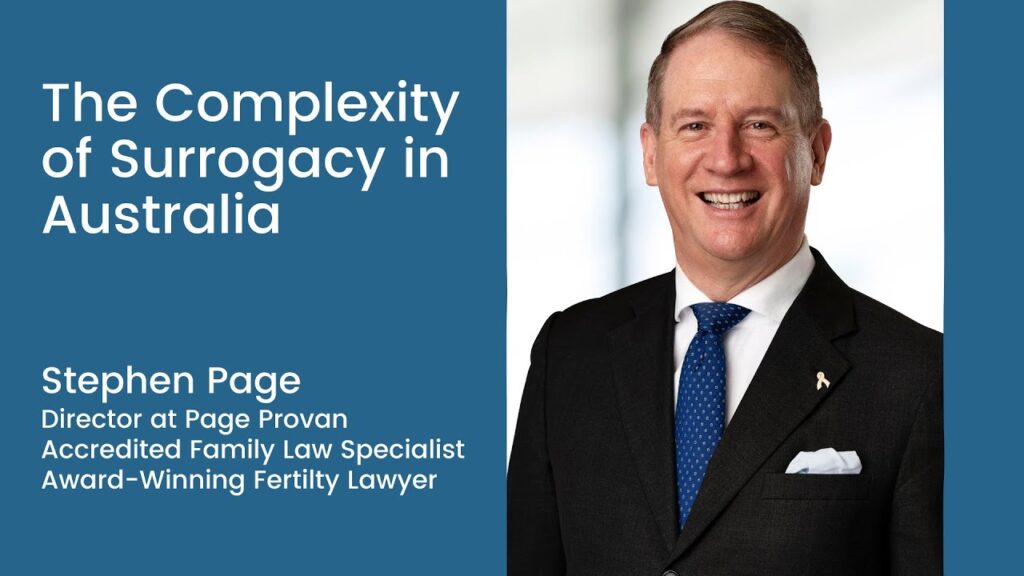High Court rules for a former mistress about issue estoppel
Issue estoppel essentially means that because someone has made representations, and you have acted on those representations, that they are prevented- or estopped- from denying the consequences of their actions, and therefore are liable to make good.
The recent case of Sidhu v Van Dyke was a classic example of an issue estoppel case.
Facts of the case
Mr Sidhu lived with his wife in the main homestead of a 32-hectare rural property known as Burra Station, located near Queanbeyan in New South Wales. In 1996, Ms van Dyke married the brother of Mr Sidhu’s wife. Later in that year, Ms van Dyke and her husband moved into Oaks Cottage, a building located approximately 100 metres away from the main homestead on Burra Station. There they began to raise their newborn child. Ms van Dyke and her husband paid rent to Mrs Sidhu.
Both the main homestead and Oaks Cottage were located on an unsubdivided lot of land described as the Homestead Block, which was owned by Mr and Mrs Sidhu.
“I love you and can tell you love me too. I want you to have a home here with me. I am planning to subdivide Burra Station. As soon as this is done, I will make sure the Oaks [Cottage] is put into your name … Using my Indian family money to buy this place means I can make my own decisions as to what I do with it, and I want you to have it because I love you. You need a home of your own to raise [your child] in. I can provide it”.
The majority held:
“It is the conduct of the representee induced by the representor which is the very foundation for equitable intervention. Reliance is a fact to be found; it is not to be imputed on the basis of evidence which falls short of proof of the fact. It is actual reliance by the promisee, and the state of affairs so created, which answers the concern that equitable estoppel not be allowed to outflank Jorden v Money by dispensing with the need for consideration if a promise is to be enforceable as a contract. It is not the breach of promise, but the promisor’s responsibility for the detrimental reliance by the promisee, which makes it unconscionable for the promisor to resile from his or her promise.”
Their Honours continued:
“A review of the whole of the evidence shows that the respondent had made out a compelling case of detrimental reliance. There are four broad reasons why that is so.
- First, there is the evidence-in-chief of the respondent. It may be noted that the primary judge considered the respondent to be a truthful witness. In the respondent’s evidence-in-chief she had said that:
- “As a result of the [appellant’s] repeated promise of the Oaks Property to me … I did not seek or engage in any full time paid work in the 8.5 years between January 1998 and July 2006 … [I]n the belief that I had a home in the Oaks Property, I chose instead to improve the Oaks and to repay the [appellant] in every way that I could using all the time and energy that I had for what I believed was his generous gift to me … I also lost the opportunity to obtain a property settlement from my divorce … [and] the opportunity to purchase a property for my son and me from money from my divorce settlement and salary from a full-time job.”
- That evidence was likely, as a matter of the probabilities of human behaviour, to be true. Indeed, it would be remarkable if the appellant’s promises did not have some influence upon the respondent’s decision to stay on and work at Burra Station. Upon the breakdown of the respondent’s marriage, she was confronted with difficult decisions relating to the course of her life and the care and maintenance of her child. The appellant’s promises were objectively likely to have had a significant effect upon the decision-making of a person in the respondent’s position. The appellant’s assurances were integral to his proposal to the respondent to put their relationship on a firm long-term footing. It is unlikely that she would have thrown in her lot with the appellant and exerted herself as she did over a period of eight and a half years if he had not made the promises which he in fact made. To the contrary, it is likely that she would have sought to maximise her own income for the benefit of herself and her infant son by seeking the most gainful form of employment.
- Secondly, the primary judge said:
“I have no doubt that [the respondent] placed faith in [the appellant] and in the promises he made her and that this played a part in her willingness to spend time and effort in the maintenance and improvement of The Oaks Cottage and assisted [sic] on the Burra Station property”.
- Her Honour’s finding that the appellant’s promises “played a part in her willingness to spend time and effort in the maintenance and improvement of The Oaks Cottage and assisted on the Burra Station property” warranted the conclusion that the respondent had discharged the onus she bore on the basis that to establish estoppel by encouragement it is not necessary that the conduct of the party estopped should be the sole inducement operating on the mind of the party setting up the estoppel. Counsel for the appellant disputed this proposition but did not cite any authority in support of their position. The respondent’s position is amply supported by authority.
- In Amalgamated Investment & Property Co Ltd (in liq) v Texas Commerce International Bank Ltd, Robert Goff J said that:
“the question is not whether the representee acted, or desisted from acting, solely in reliance on the encouragement or representation of the other party; the question is rather whether his conduct was so influenced by the encouragement or representation … that it would be unconscionable for the representor thereafter to enforce his strict legal rights.” (emphasis in original)
- Similarly, in Steria Ltd v Hutchison, Neuberger LJ said that it is sufficient for the representee to show that “the representation was a significant factor which he took into account when deciding whether to [act as he did].” This approach conforms to that taken by the High Court as long ago as Newbon v City Mutual Life Assurance Society Ltd, where it was said that the “supposed belief” of the representee as “a contributing cause” of the representee’s conduct was a “sufficient connection between the assumption and the position of detriment”. It is the view which continued to prevail in Gould v Vaggelas.
- Thirdly, apart from the respondent’s direct testimony in support of her case, the primary judge accepted[81] that the respondent displayed a concern from time to time that the appellant honour his promises. While it is true that this concern was consistent with an understanding on the respondent’s part that the appellant’s promises were not contractually binding, the fact that the respondent exhibited that concern, and the fact that the appellant sought to allay that concern by giving her written assurances that the property would be transferred to her[82], tend to confirm that the appellant’s promises were material to the respondent’s willingness to remain living at Oaks Cottage and working on Burra Station as part of maintaining her ongoing relationship with the appellant.
- Fourthly, the principal argument for the appellant, which was that the cross-examination of the respondent showed that the appellant’s promises were not a real inducement which contributed to the respondent’s decision to conduct herself as she did over a period of eight and a half years, is not compelling.
- Counsel for the appellant emphasised the finding of the primary judge that the “contributions” of the appellant and the respondent to their eight-and-a-half-year relationship seemed “to be broadly matched”[83]. But the question here is whether the respondent would have committed to, and remained in, the relationship with the appellant, with all that that entailed in terms of the effect upon the material well-being of herself and her son, had she not been given the assurances made by the appellant. In this regard, the answers elicited from the respondent in cross-examination did not accept the proposition that the appellant’s promises were immaterial to her. And as has been noted, some of her answers were positively to the effect that the extent of her involvement in maintaining Oaks Cottage and Burra Station was induced by the appellant’s assurances of security. That evidence was to the effect that the promises in question were a vital aspect of the security which the appellant plainly understood was of concern to her.
- This category of equitable estoppel serves to vindicate the expectations of the representee against a party who seeks unconscionably to resile from an expectation he or she has created[84]. The extent to which it is unconscionable of the appellant to seek to resile from the position expressed in his assurances to the respondent may be gauged by reflecting on the likely response of the respondent if the appellant had told her in January 1998: “I am happy for you to remain at Oaks Cottage, but only for so long as it suits me and my wife to have you here; and, while you remain on the property, you must care for it as if you were the owner of the property and do unpaid work on parts of Burra Station other than the property. Until I make the property over to you, you must pay rent sufficient to content my wife. Should you choose to leave, you will leave with nothing in return for the value of your work here.”
- In summary, on all the evidence, it should be found that the respondent was induced to remain at the property and to continue to work for the appellant and his wife by the assurances which he made. It is unconscionable for the appellant now to resile from his assurances.” (emphasis added)












